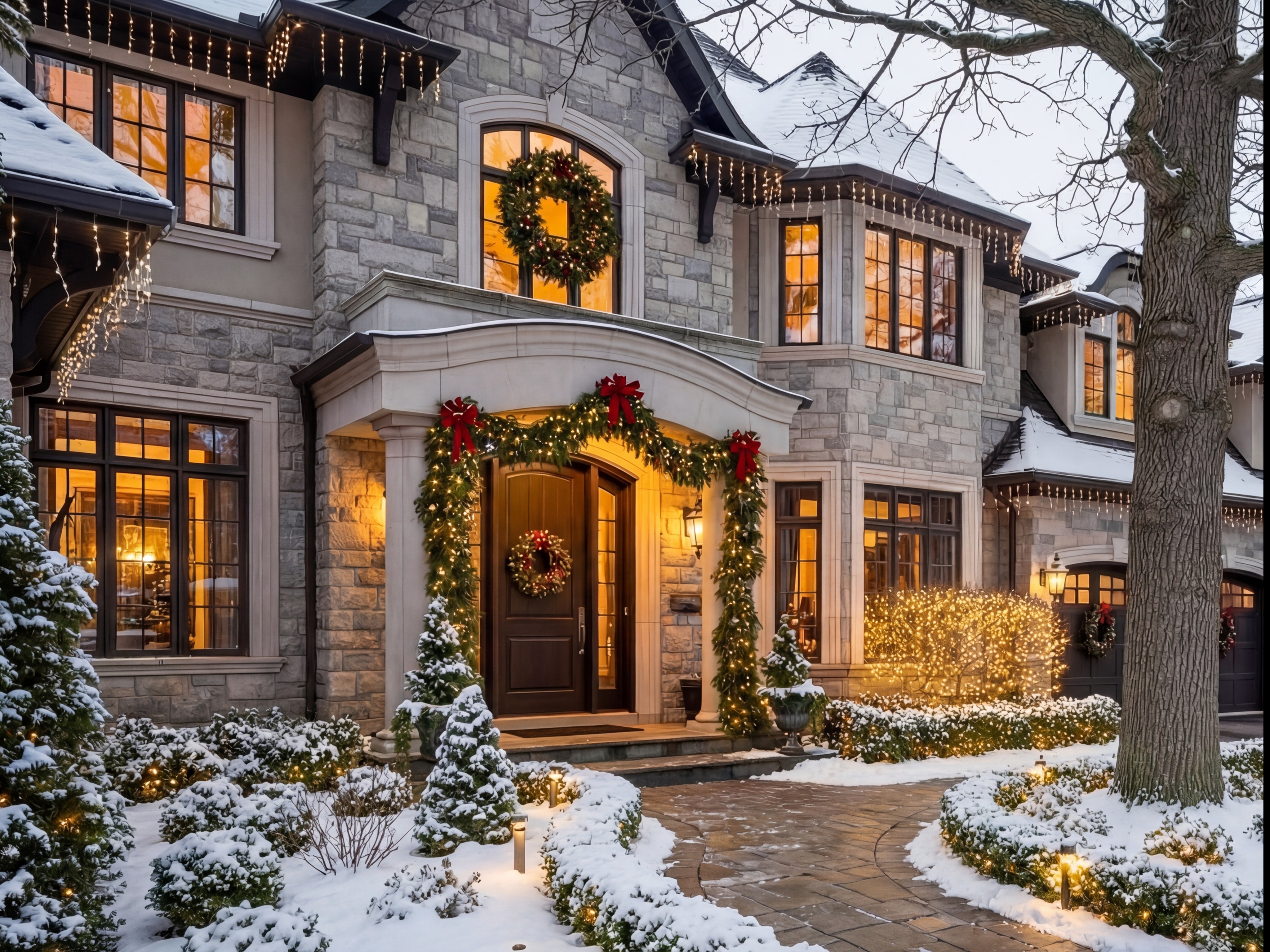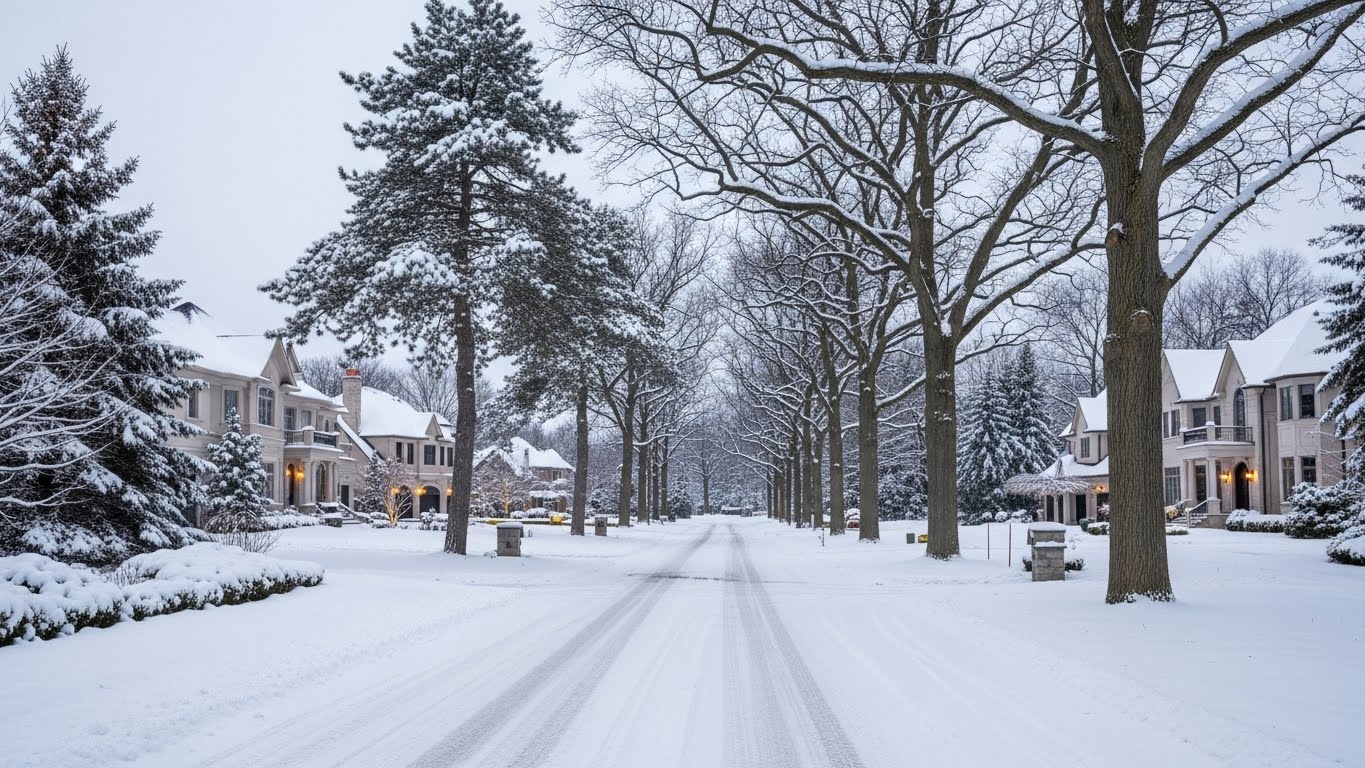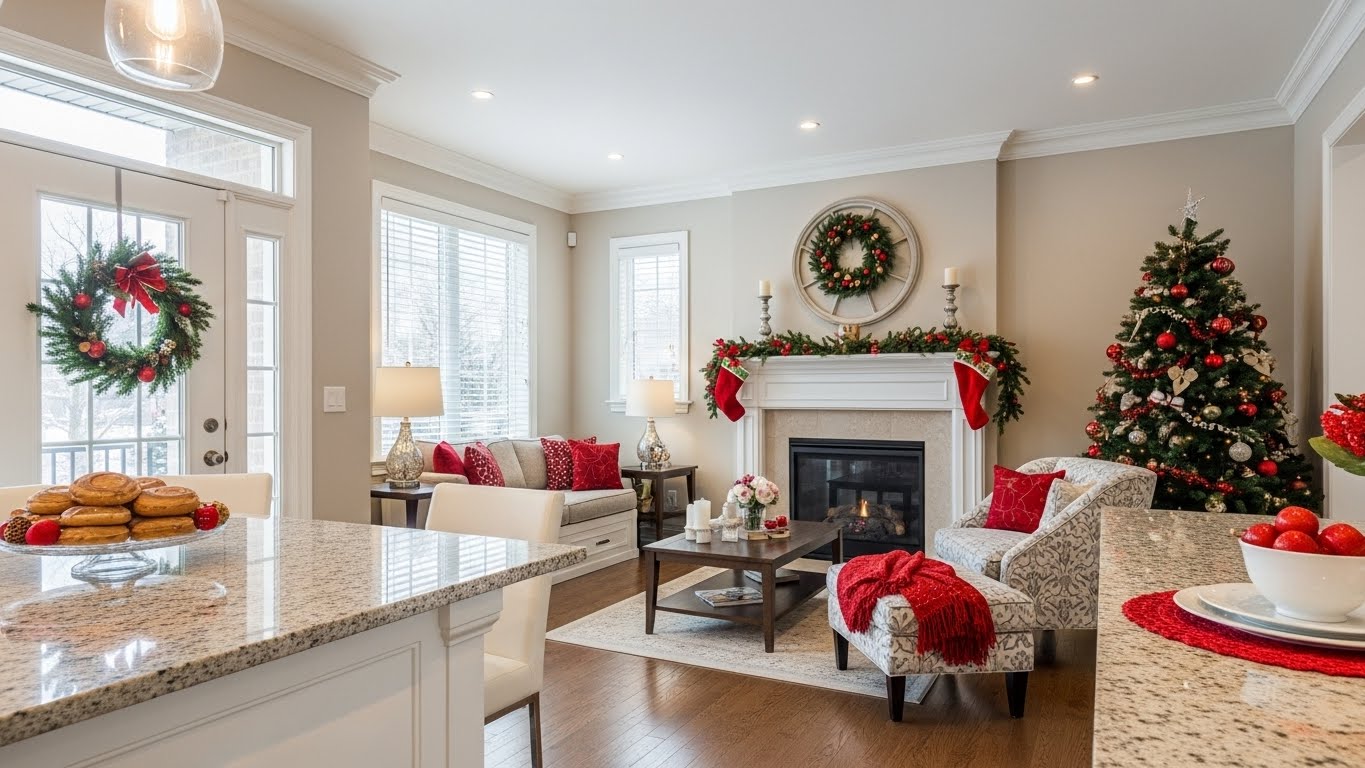Luxury home-buying shifts in most major Canadian markets after a strong start to 2025
Luxury home-buying activity ramped up early in the year but the threat of looming tariffs and resulting economic uncertainty stifled burgeoning housing markets. RE/MAX examined luxury real estate trends and developments in 12 major Canadian housing markets in the first two months of 2025 compared to the same period one year ago, and found that smaller markets with lower price thresholds experienced greater sales activity, while higher-priced markets saw a contraction in year-over-year sales.
RE/MAX found the lower- to mid-range price points of luxury remain in greatest demand in most urban centres. The Greater Toronto Area (GTA), where the uber-luxe segment has proven quite resilient, was the only outlier, with sales over the $7.5-million price point up considerably over year-ago levels. Seven properties have changed hands year to date in the GTA, including four over the $10-million price point.
Meanwhile, recent federal government changes including the higher $1.5-million cap on CMHC-insured mortgages, provided a lift to luxury home-buying activity at higher price points in several markets at the outset of the year.
Nearly all markets have been bolstered by population growth
Among those markets noting an especially strong increase in new residents, according to Statistics Canada’s Annual Demographic Estimates, Census Metropolitan Areas, and Census Agglomerations: Interactive Dashboard, was Vancouver (12 per cent growth between July 1, 2021 to July 1, 2024); Calgary (21,000 new residents from July 1, 2023 to July 1, 2024) buoyed by interprovincial migration from Ontario and British Columbia; Saskatoon (almost 10 per cent growth in a three-year period); London (with more than 40,000 new residents since July 2022); Island of Montreal (with 132,000 new residents added between July 1, 2023 and July 1, 2024); as well as Halifax (with almost 13,000 new residents between July 1, 2023 and July 1, 2024).
Despite some pullback in recent weeks, there is a thread of optimism in luxury housing markets across the country.
The economic upheaval that the threat of U.S. tariffs has brought to Canadian provinces to date has been profound, but underlying buying intentions are healthy. It’s now a matter of timing. Purchasers will move forward when calmer conditions emerge or as they acclimatize to the new normal.
The rising trend of downsizing
Downsizing is ramping up among aging luxury buyers, as the number of people nearing or entering retirement or becoming empty nesters grows. Yet, downsizing doesn’t look like it once did, as Boomers and Generation X redefine the trend by making lateral moves at similar price tags but with smaller, easier-to-maintain footprints.
Multi-generational living
The trend is materializing at all price categories, and the luxury market is no exception.
Builders are taking note, with some incorporating secondary units or suites in new luxury builds, while more custom-build end users also design with secondary suites in mind. This trend can take many forms, bolstered by the ‘sandwich generation’ as a greater number of Generation X and Millennials become caregivers or accommodate adult children who are living at home longer.

.png)
.webp)


